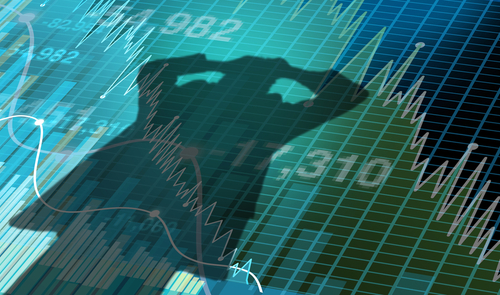
Monetary Policy & Inflation | US

Monetary Policy & Inflation | US
This article is only available to Macro Hive subscribers. Sign-up to receive world-class macro analysis with a daily curated newsletter, podcast, original content from award-winning researchers, cross market strategy, equity insights, trade ideas, crypto flow frameworks, academic paper summaries, explanation and analysis of market-moving events, community investor chat room, and more.
The Federal Reserve (Fed) delivered a 50bp hike on Wednesday, as expected. A hawkish presser followed. Chair Powell did not rule out a further increase to the terminal federal funds rate (FFR) or another 50bp hike in February, Dominique’s base case. Yields fluctuated throughout the presser as he indicated that it would take more evidence than lower CPI prints in October and November ‘to give confidence that inflation is on a sustained downward path’. US treasury yields closed the week lower after November retail sales came in weaker than expected (-0.6% MoM; Thursday) and investors mulled the prospect of the Fed’s aggressive rate hiking campaign leading to a recession.
Turning to market moves, US 10Y yields closed the week at 3.48% (-9bps WoW) compared to 4.17% (-16bps WoW) for the 2Y and 4.2% (+1bps WoW) for the 3M. The magnitude of the 2s10s inversion reduced to -69bps on Friday from -78bps at the start of the week. The inversion of the 3M10Y part of the yield deepened to -72bps on Friday from -68bps at the start of the week. The probability of recession increases with yield curve inversion.
Our recession model, which uses the 2Y10Y part of the yield curve, assigns an 87% chance of a recession within the next twelve months (Charts 1 and 3). It has signalled at least an 80% chance of recession consistently since the start of November. Meanwhile, the Federal Reserve’s (Fed) recession model, which uses the 3M10Y part of the yield curve, produces a 47% chance of recession (Chart 2).
We introduced two models for predicting US recessions using the slope of the US yield curve. When long-term yields start to fall towards or below short-term yields, the curve flattens or inverts. This has often predicted a recession in subsequent months. Our model is based on the 2s10s curve compared to a model from the Fed that is based on 3M10Y curve. We believe that the 2Y better captures expectations for Fed hikes in coming years and is therefore more forward-looking.



Spring sale - Prime Membership only £3 for 3 months! Get trade ideas and macro insights now
Your subscription has been successfully canceled.
Discount Applied - Your subscription has now updated with Coupon and from next payment Discount will be applied.